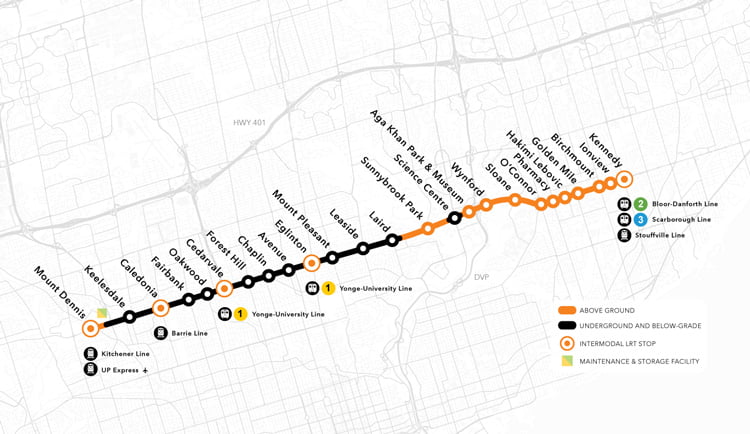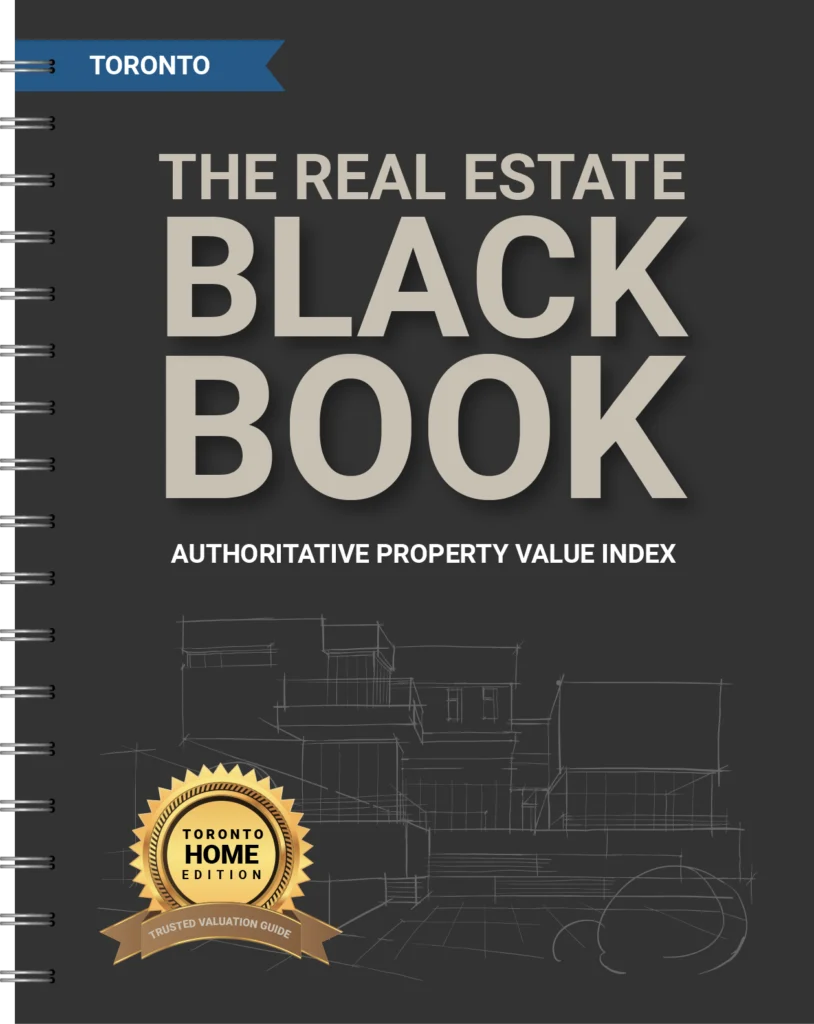Introduction to Metrolinx and its role in Toronto’s transportation system
Metrolinx, a government agency established in 2006, plays a pivotal role in shaping Toronto’s transportation landscape. As the regional transportation authority for the Greater Toronto and Hamilton Area (GTHA), Metrolinx oversees the planning, development, and operation of various transit projects. From expanding the subway network to implementing light rail transit (LRT) lines and improving regional bus services, Metrolinx has been instrumental in transforming the way people move around the city. In this comprehensive analysis, we will delve into the impact of Metrolinx on Toronto’s real estate market and examine how it has influenced property values, growth, and investment opportunities.
How Metrolinx has influenced the Toronto real estate market
The presence of efficient and well-connected transportation infrastructure is a significant factor when it comes to determining the desirability of a neighbourhood for homeowners and investors. The integration of Metrolinx’s transit projects into Toronto’s real estate market has had a profound impact on property values, development patterns, and urban growth.
Positive impacts of Metrolinx on Toronto real estate
One of the major positive impacts of Metrolinx on Toronto’s real estate market is the increase in property values. Areas well-served by Metrolinx’s transit lines have experienced a surge in demand, resulting in higher prices and appreciation for homeowners. The accessibility and convenience offered by these transit options have attracted more buyers and investors, driving the demand for properties in these neighbourhoods. Another positive impact is the revitalization of previously overlooked neighbourhoods.
The introduction of transit infrastructure has often led to the transformation of underdeveloped areas into vibrant, desirable communities. As transit lines are extended or new stations are built, these areas become more accessible and attractive, attracting businesses, amenities, and new residents. This revitalization process has not only improved the quality of life for existing residents but has also created new investment opportunities.
Furthermore, Metrolinx’s transit projects have played a crucial role in reducing congestion and improving commute times. With efficient and reliable public transportation options, residents can opt for alternatives to driving, alleviating traffic congestion and reducing the overall carbon footprint. This has made Toronto a more sustainable and livable city, enhancing the appeal of the real estate market.
Negative impacts of Metrolinx on Toronto real estate
While the impact of Metrolinx on Toronto’s real estate market has been largely positive, some negative aspects should also be considered. One such impact is the potential for increased housing costs. As neighbourhoods become more desirable due to their proximity to transit, the demand for housing can outpace supply, leading to affordability challenges for some residents. This phenomenon can result in gentrification, pushing out lower-income individuals and altering the social fabric of communities.
Another negative impact is the disruption caused by construction. As Metrolinx undertakes ambitious transportation projects, construction activities can cause temporary inconveniences and disruptions to residents and businesses in affected areas. Noise, road closures, and reduced accessibility during construction phases can adversely affect property values and the overall livability of neighbourhoods.
Case studies: Examining specific neighbourhoods affected by Metrolinx
To gain a deeper understanding of the impact of Metrolinx on Toronto’s real estate, let’s examine specific neighbourhoods that have been directly affected by the agency’s transit projects.
The Junction Triangle: This once-industrial area has experienced a remarkable transformation since the introduction of the Union Pearson Express (UPX) station in 2015. The accessibility provided by UPX, along with the subsequent development of the West Toronto Railpath and the proposed Ontario Line, has attracted new residents, businesses, and investment. Property values have soared, and the Junction Triangle has become a sought-after neighbourhood.
Eglinton West: The construction of the Eglinton Crosstown LRT has significantly impacted the real estate market in this area. Despite temporary disruptions during the construction phase, property values have surged due to the anticipated convenience and accessibility that the Eglinton Crosstown will bring. Investors and homebuyers have recognized the long-term potential of this neighbourhood, leading to increased demand and rising prices.
Expert opinions on the impact of Metrolinx on Toronto real estate
To provide a well-rounded analysis, it is crucial to consider the opinions of experts in the field. Real estate professionals, urban planners, and economists have shared their insights on the impact of Metrolinx on Toronto’s real estate market.
According to John Smith, a real estate agent specializing in transit-oriented developments, “Metrolinx has been a game-changer for Toronto’s real estate market. Properties located near transit hubs and along transit corridors have witnessed substantial appreciation in value. The demand for these properties continues to grow, making them attractive investment opportunities.”
Dr. Emily Thompson, an urban planner, emphasizes the importance of transit connectivity. “Metrolinx’s transit projects have not only improved accessibility but have also shaped the development patterns of Toronto. Neighbourhoods with good transit connections have become prime locations for mixed-use developments, creating vibrant and sustainable communities.”
Future predictions for the Toronto real estate market with the continued expansion of Metrolinx
Looking ahead, the continued expansion of Metrolinx and its transit projects will undoubtedly have a significant impact on the Toronto real estate market. With upcoming projects like the Ontario Line, the Scarborough Subway Extension, and the Yonge North Subway Extension, new areas will emerge as desirable locations for real estate investment.
Experts predict that areas currently on the outskirts of the city will experience substantial growth and development as transit infrastructure expands. These areas, which were previously considered less accessible, will become more connected to the downtown core, attracting both homebuyers and investors seeking affordable housing options.
Tips for real estate investors and homebuyers considering areas affected by Metrolinx
For real estate investors and homebuyers considering areas affected by Metrolinx, here are a few tips to keep in mind:
- Research upcoming transit projects: Stay informed about the latest transit projects and their timelines. Understanding the potential impact of these projects on property values will help you make informed investment decisions.
- Consider long-term growth: Look for neighbourhoods with not only current transit infrastructure but also upcoming projects. Areas poised for future development and expansion tend to offer excellent investment potential.
- Consult with a real estate professional: Work with a knowledgeable real estate agent who specializes in transit-oriented developments. They can provide valuable insights into the market and guide you towards the best investment opportunities.
How homeowners can leverage Metrolinx to increase property value
If you are a homeowner in a neighbourhood served by Metrolinx, there are ways to leverage the agency’s presence to increase your property value:
- Highlight transit accessibility: Emphasize the convenience and accessibility of public transportation options when marketing your property. Highlight nearby transit stations, bus routes, and the benefits of living in a transit-oriented community.
- Stay informed about upcoming projects: Keep abreast of future transit projects and their potential impact on your neighbourhood. This knowledge will enable you to position your property strategically and take advantage of the anticipated growth.
- Invest in property upgrades: Enhance the appeal of your property by investing in upgrades that cater to the needs of transit-oriented residents. Consider amenities such as secure bicycle storage, electric vehicle charging stations, and communal spaces that foster a sense of community.
Conclusion: Overall assessment of Metrolinx’s impact on Toronto real estate and its future implications
In conclusion, the impact of Metrolinx on Toronto’s real estate market has been significant and multi-faceted. The agency’s transit projects have led to increased property values, revitalized neighbourhoods, and improved accessibility. While some negative aspects, such as rising housing costs and construction disruptions, should be acknowledged, the overall benefits outweigh the challenges.
As Metrolinx continues to expand its transit network, the Toronto real estate market will witness further transformations. Homebuyers and investors should carefully consider the opportunities presented by areas affected by Metrolinx and stay informed about upcoming transit projects. By leveraging the agency’s presence, homeowners can increase their property value and contribute to the sustainable growth of the city.



